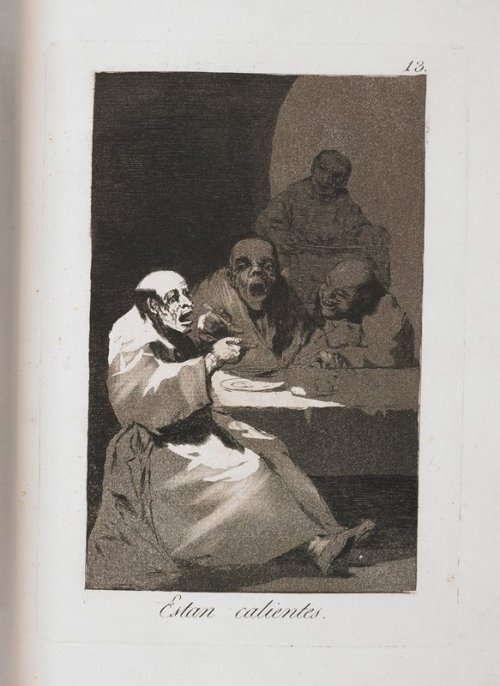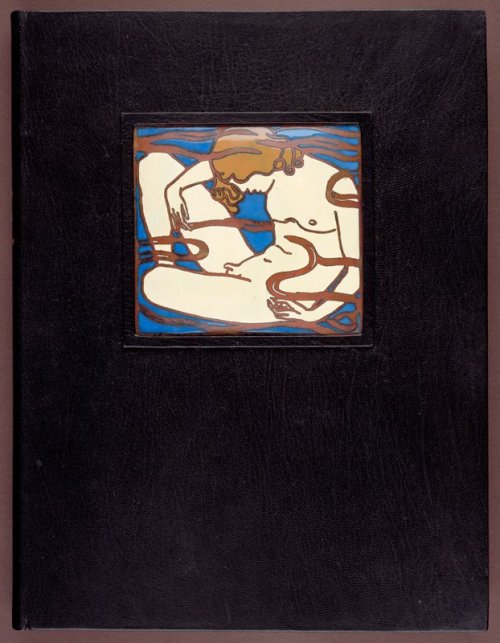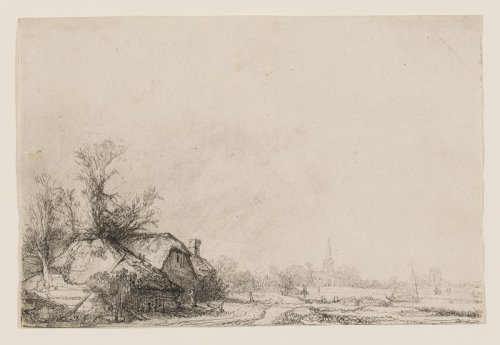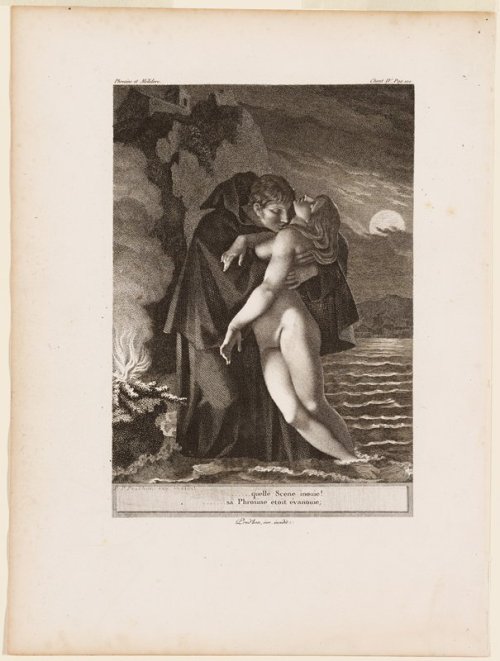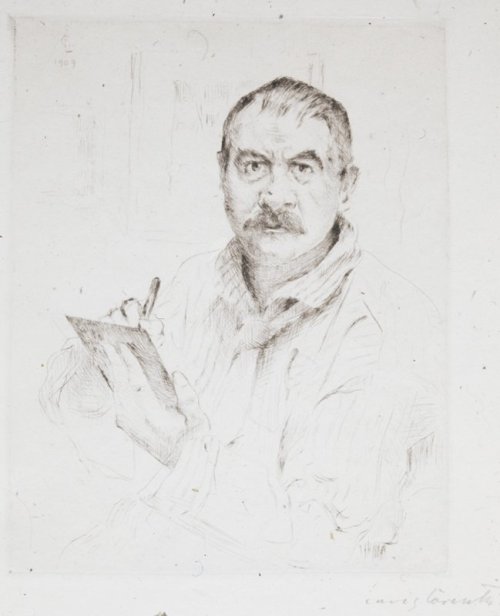#printsanddrawings
Faust, A Tragedy, Eugène Delacroix, 1828,Minneapolis Institute of Art: Prints and Drawings
Size: 16 ¾ x 11 in. (42.55 x 27.94 cm)
Medium: Lithographs on chine appliqué, letterpress; bound volume with modern binding
https://collections.artsmia.org/art/8025/
Post link
Fire Engine, Ron Kleeman, 1976,Minneapolis Institute of Art: Prints and Drawings
Size: 35 3/8 x 38 ½ in. (89.85 x 97.79 cm) (image)
Medium: Color screenprint
Post link
Interior with Pink Wallpaper III, Edouard Vuillard, 1899,Minneapolis Institute of Art: Prints and Drawings
Size: 13 3/8 x 10 5/8 in. (34 x 27 cm) (image)
Medium: Color lithograph
Post link
Untitled, from 8 Odi di Orazio, Series I, Cy Twombly, 1968,Minneapolis Institute of Art: Prints and Drawings
Title page from a portfolio of eight screenprints
Size: 15 11/16 x 23 5/8 in. (39.8 x 60.0 cm)
Medium: Screenprint
https://collections.artsmia.org/art/59665/
Post link
Estan calientes, Francisco José de Goya y Lucientes, 1797-1798,Minneapolis Institute of Art: Prints and Drawings
binding: mottled calf, gilt tooled with a green panel on spine lettered: CAPRICH DE GOYA; endpapers: contemporary Spanish marbled papers Francisco Goya’s series Los Caprichos contains layers of meaning that even today challenge the modern viewer. Mia’s copy is a rare presentation proof containing early printings of all eighty images. In the first half, Goya explored themes of superstition, sensuality, greed, and violence with scenes set in Spanish brothels, salons, and prisons. The second half is given over to fantastic images from the artist’s dreams and nightmares. Even though Goya tried to disguise his attacks on Spanish society, he withdrew the set from sale because he had been reported to the Inquisition, a tribunal that ruled with lethal authority.
Size: 8 ½ x 6 in. (21.59 x 15.24 cm) (plate)
Medium: Etching and aquatint
https://collections.artsmia.org/art/80323/
Post link
Él Que No te Ama, Burlandote te Difama, Francisco José de Goya y Lucientes, 1816-1819,Minneapolis Institute of Art: Prints and Drawings
Plate 17
Size: 8 ½ x 12 ½ in. (21.59 x 31.75 cm) (image)
Medium: Etching and aquatint
https://collections.artsmia.org/art/58288/
Post link
Will She Rise Again?, Francisco José de Goya y Lucientes, 1810–1820 (published 1863),Minneapolis Institute of Art: Prints and Drawings
Plate 80
Size: 5 5/8 x 7 ¼ in. (14.29 x 18.42 cm) (image) 9 ½ x 12 7/8 in. (24.13 x 32.7 cm) (sheet)
Medium: Etching and aquatint
https://collections.artsmia.org/art/58098/
Post link
Asta su Abuelo, Francisco José de Goya y Lucientes, 1797-1798,Minneapolis Institute of Art: Prints and Drawings
binding: mottled calf, gilt tooled with a green panel on spine lettered: CAPRICH DE GOYA; endpapers: contemporary Spanish marbled papers Francisco Goya’s series Los Caprichos contains layers of meaning that even today challenge the modern viewer. Mia’s copy is a rare presentation proof containing early printings of all eighty images. In the first half, Goya explored themes of superstition, sensuality, greed, and violence with scenes set in Spanish brothels, salons, and prisons. The second half is given over to fantastic images from the artist’s dreams and nightmares. Even though Goya tried to disguise his attacks on Spanish society, he withdrew the set from sale because he had been reported to the Inquisition, a tribunal that ruled with lethal authority.
Size: 8 ½ x 6 in. (21.59 x 15.24 cm) (plate)
Medium: Etching and aquatint
https://collections.artsmia.org/art/80349/
Post link
Al Conde Palatino, Francisco José de Goya y Lucientes, 1799,Minneapolis Institute of Art: Prints and Drawings
Plate 33, etching, aquatint, drypoint and burin in dark brown ink, first edition; matted with P.84.6.
Size: 7 ¼ x 4 ¾ in. (18.42 x 12.07 cm) (image)
Medium: Etching and aquatint
https://collections.artsmia.org/art/58280/
Post link
The Carnivorous Vulture, Francisco José de Goya y Lucientes, 1810–1820 (published 1863),Minneapolis Institute of Art: Prints and Drawings
Plate 76
Size: 6 1/16 x 7 13/16 in. (15.4 x 19.84 cm) (image) 9 ½ x 12 7/8 in. (24.13 x 32.7 cm) (sheet)
Medium: Etching and aquatint
https://collections.artsmia.org/art/58083/
Post link
Little Red Riding Hood, Arthur Rackham, 1909,Minneapolis Institute of Art: Prints and Drawings
gnarled tree with girl wearing red cloak with wolf in LRC Richly illustrated gift books enjoyed a heyday in early 20th-century England, and Arthur Rackham was the foremost illustrator of the time. His combination of grace and grotesque, worked out in intricate detail, appealed to children and adults. The Fairy Tales of the Brothers Grimm (1900) was among Rackham’s earliest successes. Demand was such that the book was reissued in expanded form in 1909, with forty new full-page color illustrations. This drawing of Little Red Riding Hood’s encounter with the wolf is Rackham’s original illustration for the 1909 edition. For the earlier edition, he had supplied a small pen and ink drawing tightly focused on the girl and the wolf. When reconsidering the passage, he emphasized the forest, contrasting the small child with the towering woods. The tendrilous limbs and roots of the gnarled, Argus-eyed tree seem far more threatening than the scruffy cur, from whom the innocent girl clearly expects no trouble.
Size: 11 1/8 x 7 5/8 in. (28.26 x 19.37 cm) (sheet) 19 5/8 × 15 3/8 × 1 1/16 in. (49.85 × 39.05 × 2.7 cm) (outer frame)
Medium: Pen and ink with watercolor, on illustration board
https://collections.artsmia.org/art/9098/
Post link
Fire Engine, Ron Kleeman, 1976,Minneapolis Institute of Art: Prints and Drawings
Size: 35 3/8 x 38 ½ in. (89.85 x 97.79 cm) (image)
Medium: Color screenprint
Post link
The Eclogues of Virgil, Aristide Maillol, 1926,Minneapolis Institute of Art: Prints and Drawings
Bound in full black morocco with decorative ceramic plaque inset on front cover Captivated by the books that William Morris (1834-96) was making at his Kelmscott Press in England and the success of French publisher Ambroise Vollard’s artist’s books, Count Harry Kessler (1868-1937) started his own private Cranach Press in Weimar, Germany, in 1913. One of its first goals was to turn Virgil’s Eclogues into the perfect book. Kessler spared little, commissioning woodcuts from Maillol and a new translation from Marc Lafargue. To add a Renaissance flavor, Kessler chose a fifteenth-century Venetian typeface by Nicolas Jenson and hired Morris’s colleague Emery Walker to supervise the cutting of new type. Kessler rhapsodized that the font “was winged with inner tension, and it gleamed with tender light.” Ever conscious of unity, Maillol designed his 43 woodcuts-here depicting Tityrus-to be equally important to the type, actually referring to his illustrations as “typography.”
Size: 13 1/8 x 10 1/8in. (33.3 x 25.7cm)
Medium: Woodcuts, letterpress; bound volume
Post link


Cheese! Follow us on Instagram to see more
https://instagram.com/koshisty.pushisty?igshid=1empsnxyuxti3
https://instagram.com/koshisty.pushisty?igshid=1empsnxyuxti3
Cottages beside a Canal with a Church and Sailing Boat, Rembrandt Harmensz. van Rijn, c. 1645,Minneapolis Institute of Art: Prints and Drawings
Size: 5 ½ x 8 ¼ in. (13.9 x 20.9 cm) (sheet)
Medium: Etching and drypoint
https://collections.artsmia.org/art/55358/
Post link
Phrosine et Mélidore, Pierre-Paul Prud'hon, 1797,Minneapolis Institute of Art: Prints and Drawings
man in hooded cloak embracing and kissing a limp nude woman whose feet dangle in water; fire at left; building on top of cliff, ULC; moon partially hidden by clouds, URQ; woman’s abdomen exposed
Size: 8 3/16 x 5 11/16 in. (20.8 x 14.45 cm) (plate) 12 ¼ x 9 1/8 in. (31.12 x 23.18 cm) (sheet)
Medium: Etching, stipple, roulette and engraving
Post link
Male Nude: Academic Study, Benjamin West, 1787,Minneapolis Institute of Art: Prints and Drawings
Size: 23 ¾ x 17 ½ in. (60.33 x 44.45 cm) (sheet)
Medium: Black chalk
https://collections.artsmia.org/art/9485/
Post link
John the Baptist, Benjamin West, early 1790s,Minneapolis Institute of Art: Prints and Drawings
Size: 15 1/16 x 10 ¼ in. (38.26 x 26.04 cm) (sheet)
Medium: Black chalk heightened with white on laid, gray-brown paper
https://collections.artsmia.org/art/9541/
Post link
Self-Portrait, Lovis Corinth, 1909,Minneapolis Institute of Art: Prints and Drawings
Size: 7 5/8 x 6 in. (19.37 x 15.24 cm) (plate)
Medium: Etching
https://collections.artsmia.org/art/48867/
Post link
Mother and Child with Animals under a Tree, Marc Chagall, mid 1930s,Minneapolis Institute of Art: Prints and Drawings
Tree in center, mother and child to right, bird and goat (previously identified as donkey/horse) to left
Size: 12 13/16 x 9 15/16 in. (32.54 x 25.24 cm)
Medium: Pastel and ink wash on paper
https://collections.artsmia.org/art/1688/
Post link





